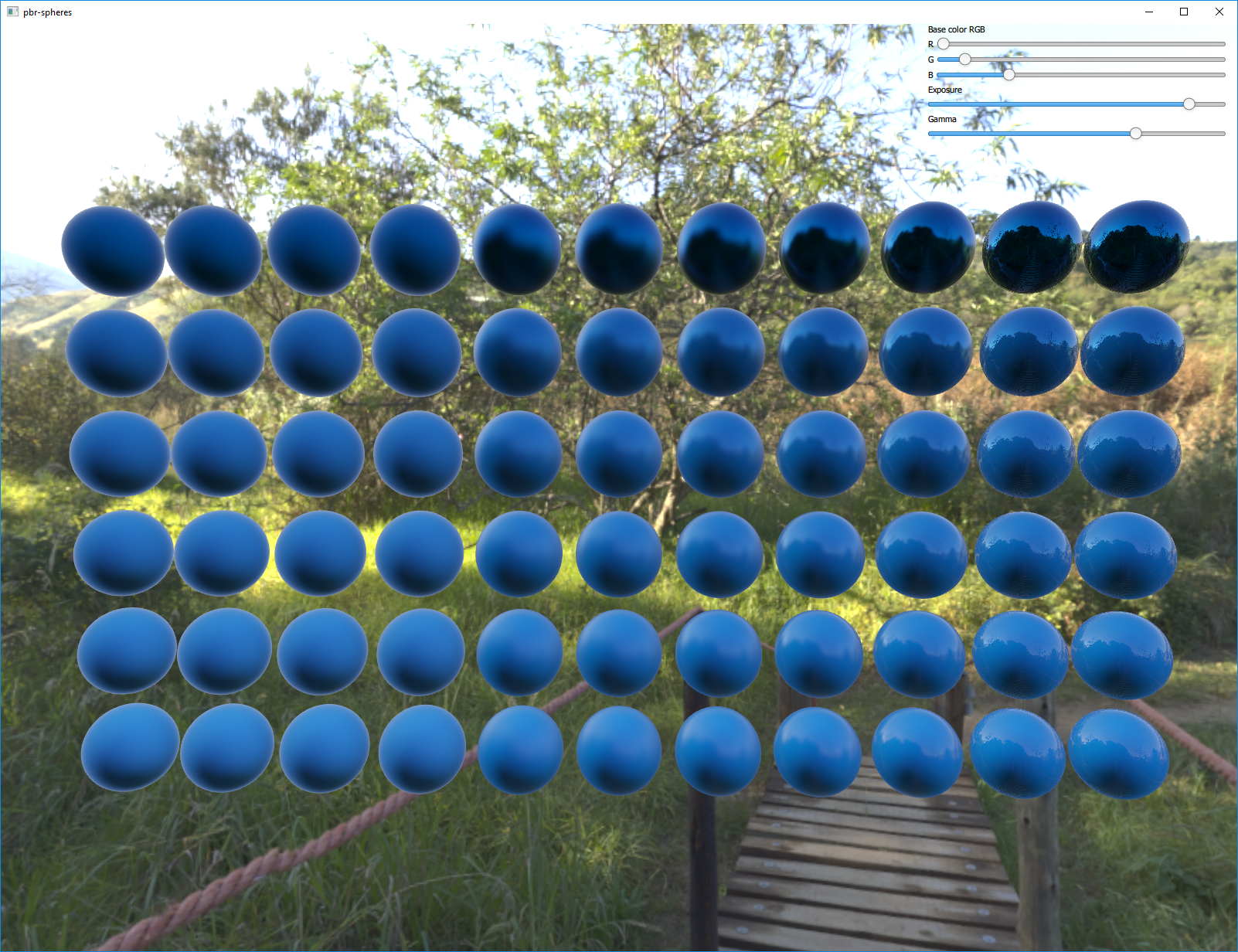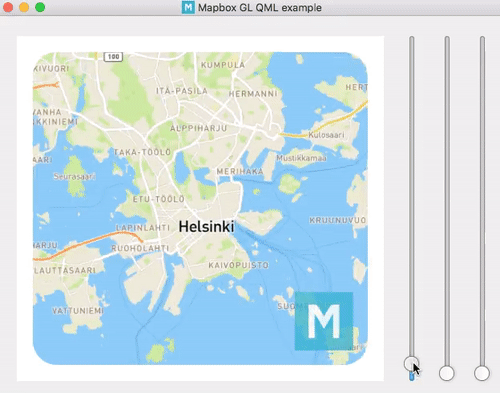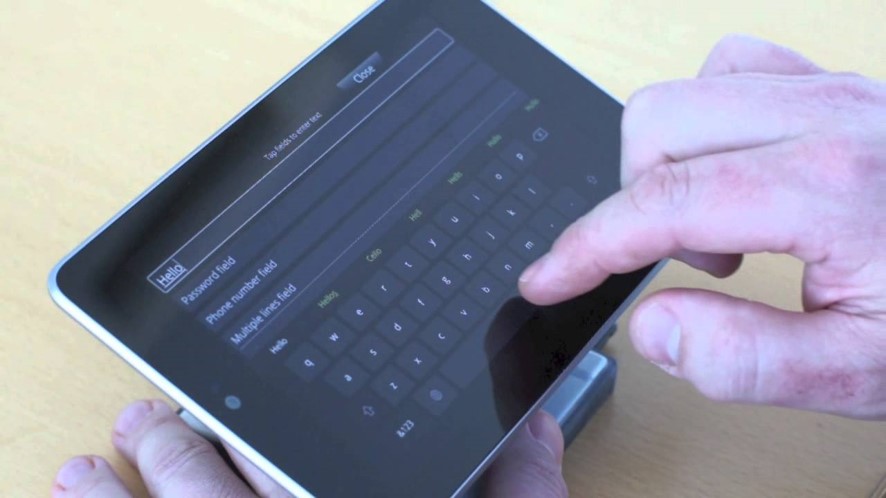Qt 5.9 released
May 31, 2017 by Lars Knoll | Comments
I’m happy to let you all know that Qt 5.9.0 has just been released. A lot of work has been put into it, making Qt 5.9 the best Qt version we have developed so far.
With Qt 5.9, we have had a strong focus on performance and stability. We’ve fixed a large number of bugs all across Qt, and we have done a lot of work to improve our continuous integration system. This will make it a lot easier for us to create new releases (both patch level and minor releases) from 5.9 onward.
We’ve also added automated performance regression testing to our testing infrastructure, something that will allow us to continuously monitor our work on improving the performance of Qt. Please have a look at the separate blog post for more details.
The new configuration system used in Qt Lite has received many bug fixes, also here, you can find more detailed information in a separate blog post.
Long term supported
One major decision we have taken is to make Qt 5.9 another long-term supported (LTS) release. The previous LTS release, Qt 5.6, is starting to show it’s age, and many users have been asking for a more up to date version of Qt that they can use as a basis for long running projects.
Some of the major changes since Qt 5.6 include more than 2000 bug fixes all over Qt. Additionally, we are now using a C++11 compliant compiler with Qt which has allowed us to modernize our code base. We have also added the Qt Lite configuration system and made significant updates to our graphics architecture. This is in addition to all the other new things that have been implemented in Qt 5.9, explained in the following sections.
As an LTS release, Qt 5.9 will be supported for the next three years to come.
With our improvements on the CI and releasing infrastructure, we are convinced that we will be able to provide you with much more frequent updates and patch level releases for Qt 5.9 than we are able to do for the Qt 5.6 series. As a long term supported release, we will provide you with frequent updates in the first year. After the first year, we will gradually get more and more strict on the changes that will happen in the branch, so as a result, patch level releases are expected to happen somewhat less frequently for the second and third year.
We will as promised also continue to support Qt 5.6, but we strongly recommend everyone starting new projects to use Qt 5.9 as there are a lot of improvements across the board that will be of huge advantage to you.
Lots of new functionality
Even with our focus on performance and stability, we have managed to add more new features into Qt 5.9 than I can mention in this blog. For a more complete list have a look at the ‘New Features’ page in our wiki.
Here are some of the highlighted new features.
Core and Networking
Quite a few new features have been added in the Core and Networking modules. Starting at the base, Qt Core has two new classes. The first class, qfloat16 abstracts 16-bit floating point numbers, as these nowadays are increasingly more important for inter-operation with APIs which make use of the GPU. In addition, a new QOperatingSystemVersion class has been added to conveniently test for the operating system and version your application is running on.
Qt Network has gained support for HSTS (HTTP Strict Transport Security), improving security on HTTPS connections through QNetworkAccessManager.
Our NFC support in Qt NFC has seen some very nice improvements for Android, and Qt Web Sockets can now use external TCP sockets. Classic Bluetooth on WinRT and Bluetooth peripherals on Android are now both supported.
Qt Gui and 3D
Qt GUI has gained a shader cache, that can cache compiled versions of OpenGL shader programs, and we have added support for Compute Shaders. The OpenGL paint engine does now work with OpenGL Core profiles as well.
An enormous amount of work has been done with Qt 3D. Together with the functionality we already had in Qt 5.8, we now have a fantastic 3D engine in Qt 5.9. You can find all the details in a separate blog post by our partner KDAB.
Qt QML and Quick
Quite a bit of work has been put into improving the QML and JS engine for Qt 5.9. We have added a completely rewritten garbage collector, offering better performance and reducing memory fragmentation in the JavaScript heap. The new collector also provides a better basis for further enhancements to our memory management in upcoming Qt versions.
Qt 5.9 also comes with a brand new QML caching infrastructure, offering similar benefits to our users — just like the commercially available Qt Quick Compiler, but in a much more transparent way. The new infrastructure has two modes of operation. In the default mode, the caching infrastructure creates a binary cache of your QML files at the first start-up of the application. Optionally, you can also pre-create that cache at application build time, achieving similar performance and startup time benefits as with the Qt Quick Compiler. Additionally, the new caching infrastructure does not bind your application to a specific patch level version of Qt, as the binary caches are versioned and will get regenerated if required.
Also, a lot of work to improve performance and reduce memory consumption has been done in the engine, making this a significant upgrade compared to our previous Qt 5.6 LTS release.
Qt Quick now makes use of the new OpenGL shader cache added in Qt GUI, improving application startup times. We added an image provider that can share image data between processes, and a new OpenVG backend, allowing it to run on hardware that only has 2D hardware acceleration support.
Qt Quick Controls 2 has added more new features than I can mention here, please have a look at the separate summary blog post, which links to all the details and blog posts on what has been added in Qt Quick Controls since Qt 5.7.
Qt Location and Positioning
For this release, Qt Location has received quite a few new features. We’ve added support for tilting and rotating maps, both through the APIs and through touch gestures. Stacking of maps has been improved, it’s now a lot easier to add overlay items to maps, and we improved the support for blending in copyright notices on the maps.
An entirely new plugin adds support for Mapbox, using their OpenGL based map rendering engine.

A couple of other visual improvements have also happened, like using lower resolution tiles to approximate tiles that are still missing at a higher zoom level until those are downloaded.
On iOS, we improved Qt Positioning, so that it now can collect data even when the application is in the background.
Other modules
Many other modules have also been updated. Most notably, Qt Webengine is now using Chromium 56. Qt Virtual Keyboard now supports external keyboard layouts and many other cool new features.

Qt Gamepad has graduated from Tech Preview status to being fully supported in Qt 5.9. We’ve also added Qt Remote Objects as a new module in Technology Preview status.
There have been significant changes to Qt Wayland that are described in a separate blog post.
Of course, Qt 5.9 also comes with a brand new version of Qt Creator with many great new features. The Qt Quick Designer now contains a built-in code editor, and we now have a completely rewritten the cmake integration. For further details, have a look at the separate blog.
Platform changes
Qt 5.9 adds support for two new platforms. It now supports QNX 7.0, the latest version of the QNX operating system. We have also added support for the INTEGRITY OS, details about this are again in a separate blog post.
Finally, we added support for compiling Qt in a size optimized mode (-Os on GCC), saving around 5-20% in binary size for the Qt libraries and your applications.
Thanks
Finally, I’d like to thank all the people who have contributed to this release. While you can see and follow all the people contributing code through patches to our git repositories, a lot of additional work has happened more invisibly behind the scenes, for example by working on our CI and releasing infrastructure or helping to create collateral and content for the web pages.
I hope you’ll all enjoy this release. You can get it from the usual places, either through your Qt Account or from our download page. Please also don’t forget to give us your feedback, and write a bug report (if you should find one), so that we can improve the 5.9 series even further in upcoming patch releases.
Blog Topics:
Comments
Subscribe to our newsletter
Subscribe Newsletter
Try Qt 6.10 Now!
Download the latest release here: www.qt.io/download.
Qt 6.10 is now available, with new features and improvements for application developers and device creators.
We're Hiring
Check out all our open positions here and follow us on Instagram to see what it's like to be #QtPeople.


